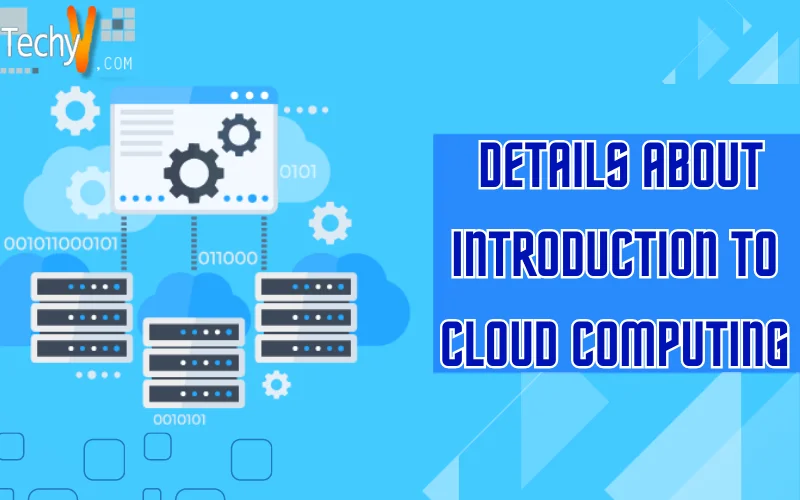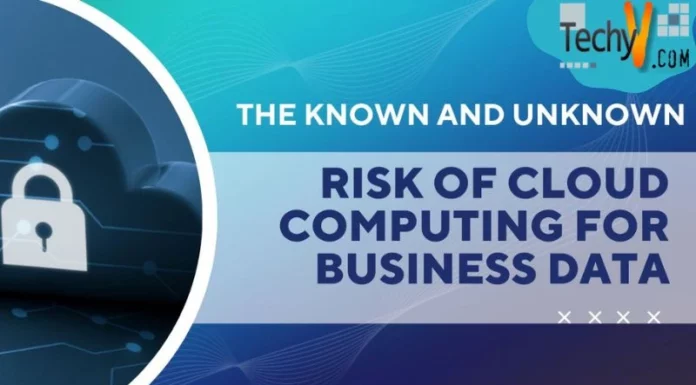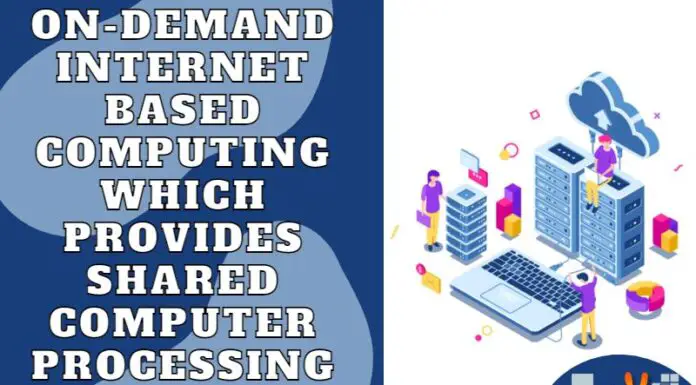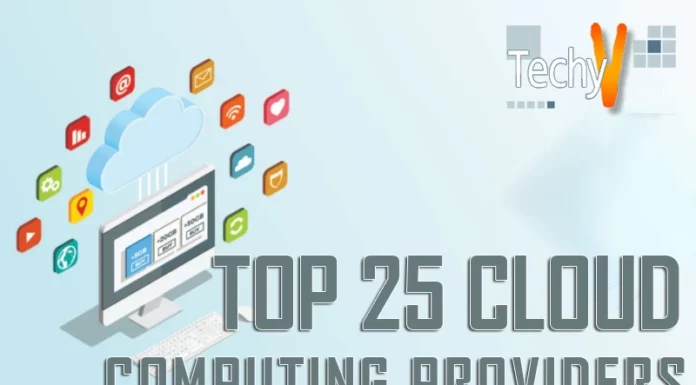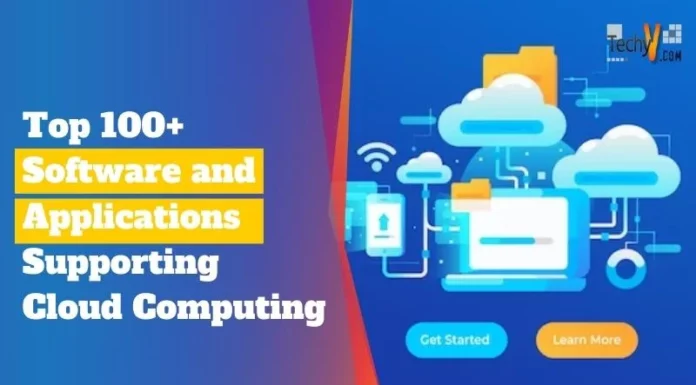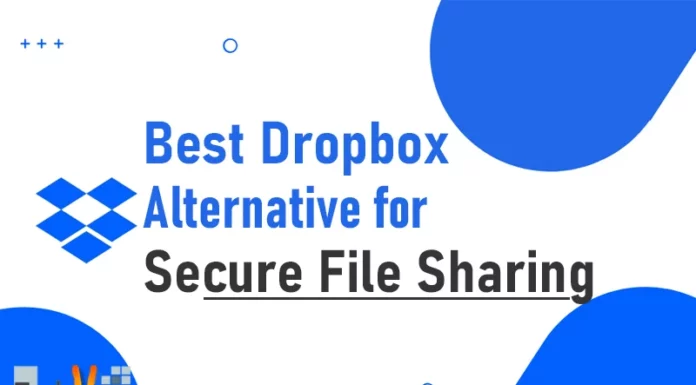Cloud is a model where users have a convenient, on-demand access to a shared pool of resources, such as servers, storage, and applications, over the internet. Cloud computing has several definitions. According to National Institute of Service and Technology (NIST), the five salient features of the cloud are as follows:
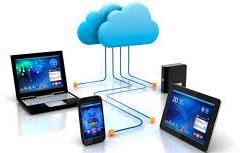
1. On-demand self-service: A customer can set up computing capabilities, automatically without having any direct communication with the service provider.
2. Network access: Services are available on the network and access through simple mechanisms used by various devices such as tablets, mobile phones, laptops or workstations.
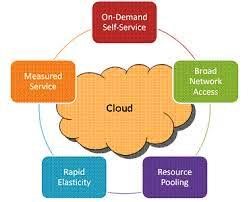
3. Resource pooling: The computing resources, such as storage, processing, memory, and network bandwidth, are pooled to serve multiple consumers by using a multi-tenant model.
4.Rapid elasticity: Cloud computing capabilities can be systematically provisioned to meet demand and load requirements.
5. Optimized service: Cloud computing systems can automatically control and optimize the user resources.
Components of Cloud Computing:
It comprises a virtualized pool of infrastructure resources with applications and services that can be used directly through a self-service portal. For the end user, cloud computing consists of the following:
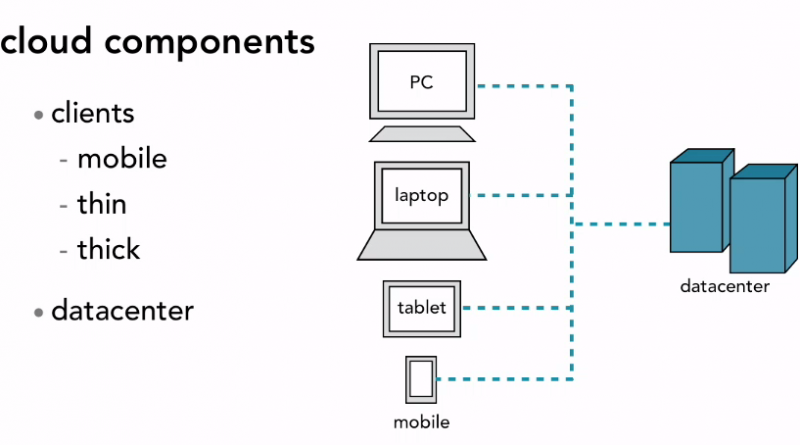
1. Client: It is an access device or a software interface that a user can use to access cloud services. There are different types of clients regarding hardware and software. However, all types of cloud clients are divided into three broad categories, namely:
a. Mobile clients
b. Thin clients
c. Thick clients
Client types can include computers, mobiles, tablets, and servers. The client device communicates through cloud APIs and browsers.
2. Cloud Network: A network is a connecting link between a user and the cloud services.
The internet is most straightforward choice for accessing the cloud.
3. Cloud Application Programming Interface (API): A cloud API is a set of programming instruction and a tool that provide abstractions over a provider cloud.
Models of Cloud Computing:
There are various models in use since the 1960s. Some of these computing structures are as follows:
1. Peer-to-Peer: It is a network of hosts in which resource sharing, processing, and communication control are completely in decentralize manner.
2. Client-Server: It is architecture in a form of distributed computing where requests depend on service providers for various resources, such as databases, applications, security, printing, and backups.
3. Grid Computing: In a grid, a cluster of loosely coupled computers work together to solve a single problem involving vast amounts of numerical calculations and compute cycles. It uses grid-computing software that divides work into smaller pieces and assigns each part to a pool of thousands of computers.
Benefits of Cloud Computing:
The key benefits of cloud computing is listed below:
1. Anytime-Anywhere access to cloud-based applications and data.
2. Low cost of delivering and supporting applications.
3. Opportunity to use low-cost commodity servers, storage, etc. to form redundant IT infrastructure.
4. Flexibility and on-demand provisioning of computing and storage resources.
5. Pay-per-use model where payment is made only for the time of use.
6. Increased resource utilization due to multi-tenant model.
7. Ability to provide multiple services.
To fully take advantage of cloud computing, you will ultimately have to move to the cloud computing.



